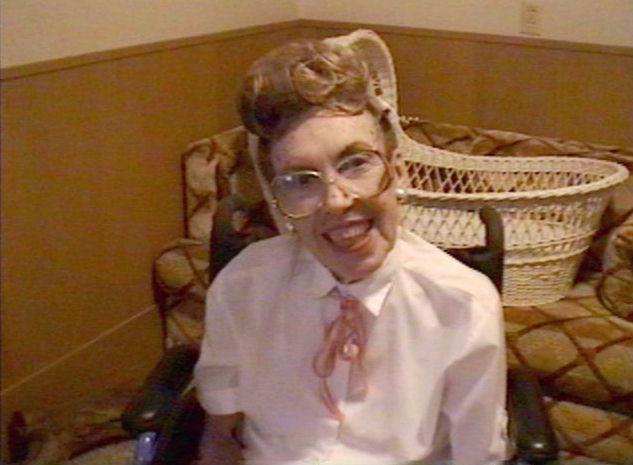

1. There are many different paths
which lead to the
same destination: credit in the
course;
2. These paths vary in difficulty
so she seeks to
encourage each student to follow
the one most suited to
his level of ability;
3. Knowing the interest of the student
is essential if
she is to guide each one on the
path most meaningful for
him;
4. Not all students will progress
at the same rate,
so she makes allowances for those
who want to linger longer
to more fully savor certain views.
==============================
I regard the nurture of creativity
to be one of the most
important goals of any teacher,
but most especially sci-
ence teachers. Therefore, I conducted
a study with my
classes in the mid-60's which clearly
indicated that cre-
ativity could be stimulated and
nurtured, That won the
STAR Award from NSTA and led to
the creation of my text-
book, Keys to Chemistry.
The examples I use here for illustrative
purposes are in-
dicative of the activities found
throughout the textbook.
A. Building on innate curiosity.
Have students list
a number of things they wonder
about, Encourage them
to design experiments to answer
their own questions. Then
let them to go into the laboratory
to conduct their own
experiments. The only requirement
is that their procedure
be approved prior to going to the
lab, This is a safety pre-
caution .
B. Skill in proposing hypotheses.
Present students
with certain information and ask
them to propose a hy-
pothesis as to what happens and/or
why it happens. Ex-
amples:
a. Mix 25 mi water with 25 mi alcohol
and
explain why the total volume is
less than 50 mi.
b. Place colored water in a ·set
of capillary
tubes and explain the difference
in levels after a short pe-
riod of time.
C. Improving descriptive ability.
a. Describe
music to one deaf from birth.
b. Describe
a rainbow to one blind from birth,
c. Describe
the feel of velvet to one with no
sense of touch.
d. Describe
the odor of freshly cut grass to
one with no sense of smell.
D. Credit
is given for the following types of creative
work: bulletin boards, posters,
bumper stickers, essays,
poetry, cartoons, models, etc.
All these must be chemistry
and/or science related.
============================
If we can provide opportunities
for these kinds of activities
for students, then education can
truly become a life-long
process. Students will retain the
capacity for childlike
wonder, a persistent curiosity
and a sense of excitement
in living. All may stand taller,
and walk with more assur-
ance because they will have learned
that within them-
selves lies the power to live creatively.